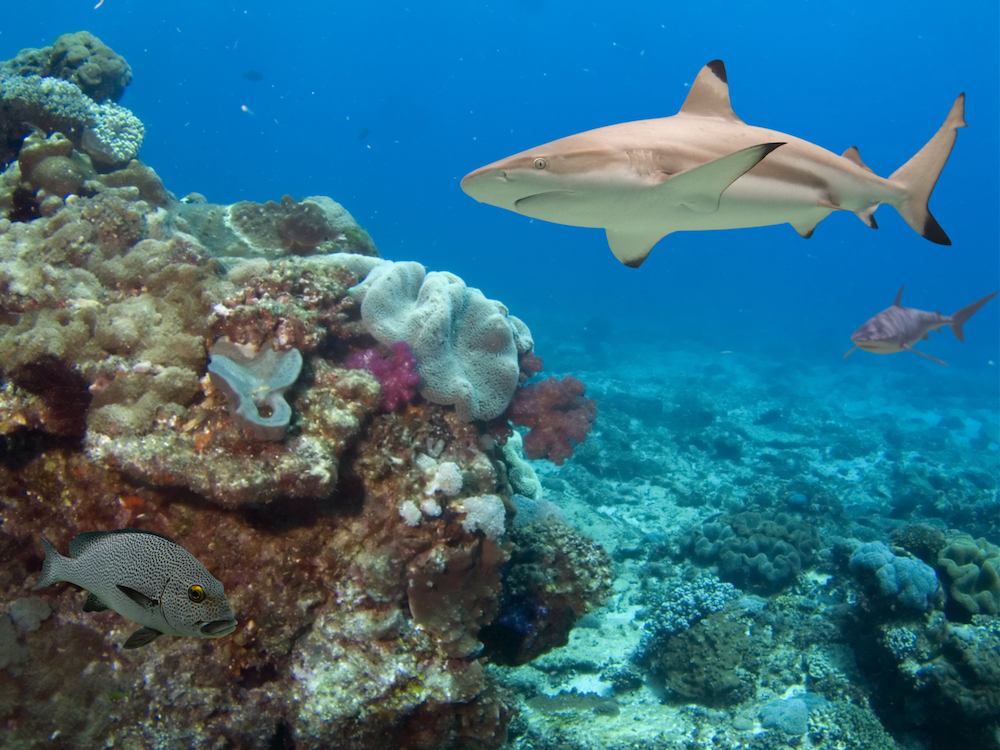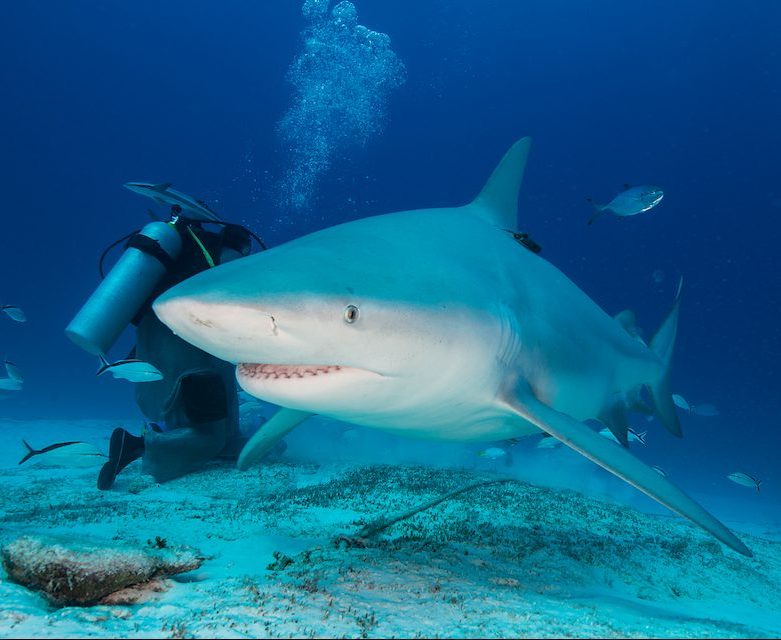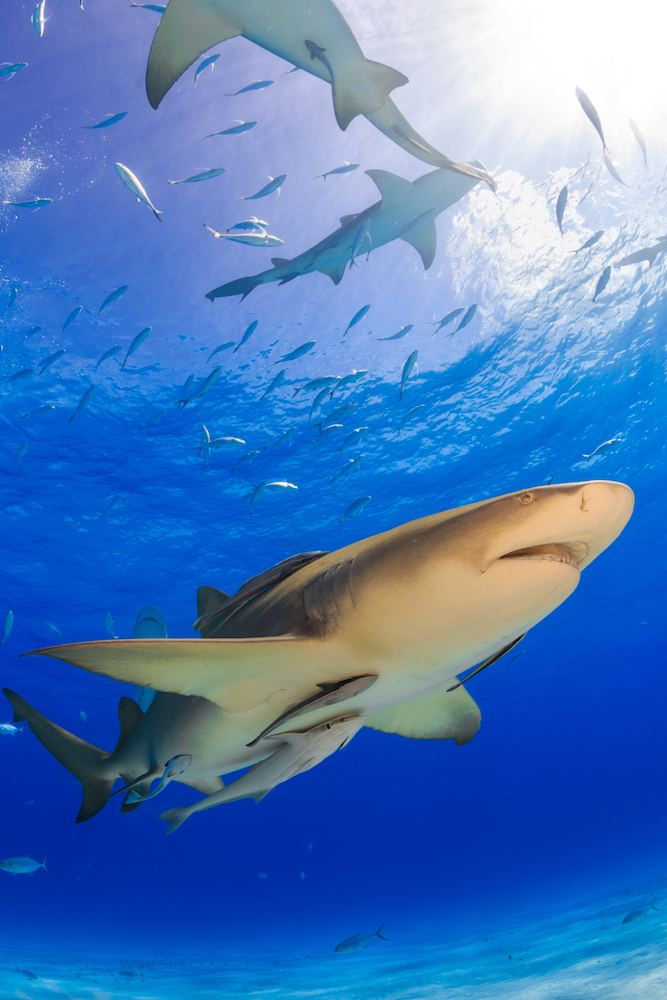Films like Jaws have instilled a deep fear of sharks in so many around the globe. For some, even the fact that human beings are not actually in sharks’ diets isn’t a relief. But for those who can overcome this fear and who seek out the thrill of spotting one of these creatures in the wild, the Space Coast might just be a great place to look. From the basically harmless Lemon Shark to the dangerous Bull Shark, the Space Coast’s waters serve as the perfect home for sharks. And besides, sharks play an important role in any ecosystem, particularly by maintaining the food chain. So, in order to make sure the marine life right here in Brevard County is able to thrive, it’s important to learn about and respect the sharks of the Space Coast.

Blacktip Shark
The Blacktip Shark, also known as Carcharhinus limbatus, is incredibly common along Florida’s shore. These sharks are typically identifiable by — surprise, surprise — the black tips on the top of their fins. Often, you can find these creatures speeding along the surface of the water and sometimes, you may just catch a glimpse of them jumping above the waves. Although they have been the cause of some shark attacks around the state, the Blacktip Shark’s diet actually consists of fish, small sharks, rays, squids and more. The Blacktip shark is not yet endangered; however, since their official status is “near threatened,” it’s crucial that we work diligently to protect these sharks.
Bull Shark

Reaching a maximum size of about 11 feet, the Bull Shark, also known as Carcharhinus leucas, is by no means small. And these massive creatures certainly hunt and consume prey comparable to their size, including other sharks, rays, dolphins, sea turtles and birds. Although Bull Sharks tend to live near estuaries and offshore waters around Florida, they sometimes use coastal river systems to venture much further inland. This makes the Space Coast the perfect place for the Bull Shark to reside. Although they are not yet endangered, Bull Sharks, just like their Blacktip brothers, are also listed as “near threatened,” meaning that their protection is crucial. But make sure not to get too close; Bull Sharks account for the third highest number of shark attacks on humans.
Atlantic Sharpnose Shark
The Atlantic Sharpnose Shark, also known as Rhizoprionodon terraenovae, is most easily identifiable by — you guessed it: its sharp nose. But what you might not have guessed is that these sharks are actually tiny; in fact, they only grow up to four feet in length. Since they are so small, Sharpnose Sharks tend to feast on small fish, along with worms, shrimp, crabs and mollusks. Fortunately, this species is not yet endangered, and actually, is above its target population level. And there’s certainly no shortage of Sharpnose Sharks right here on the Space Coast, with their habitat ranging all the way from the Canadian Atlantic down to the Gulf of Mexico.
Spinner Shark
If you happen to spot a Spinner Shark, also known as Carcharhinus brevipinna, be careful not to confuse it for a Blacktip Shark; this species also has gray or black tips on its fins. But Spinner Sharks differentiate themselves by their unique feeding practices — they quite literally spin up and out of the water in order to catch their next meal. Typically, this “meal” consists of fish, and sometimes even small sharks or squid. But despite their powerful jaws, Spinner Sharks are not considered dangerous to humans. Unfortunately, these creatures are listed as “near threatened with extinction” by the International Union for Conservation of Nature Red List, particularly because of the commercial fishing industry in the southeast U.S. and the Gulf of Mexico.
Lemon Shark
Despite their name, Lemon Sharks, also known as Negaprion brevirostris, do not feed on lemons. Instead, these tropical sharks typically feed on fish, crustaceans, mollusks, small sharks and birds. Lemon Sharks are in high abundance along Florida’s coasts, including right here in Brevard County. While they occasionally enter freshwater areas, this species does not travel nearly as far inland as Bull Sharks and has been involved in only a very small number of human attacks. Although the fishing industry has relatively little impact on the light yellow-skinned Lemon Shark, the greatest threat to this species is most likely the degradation of their habitats.





